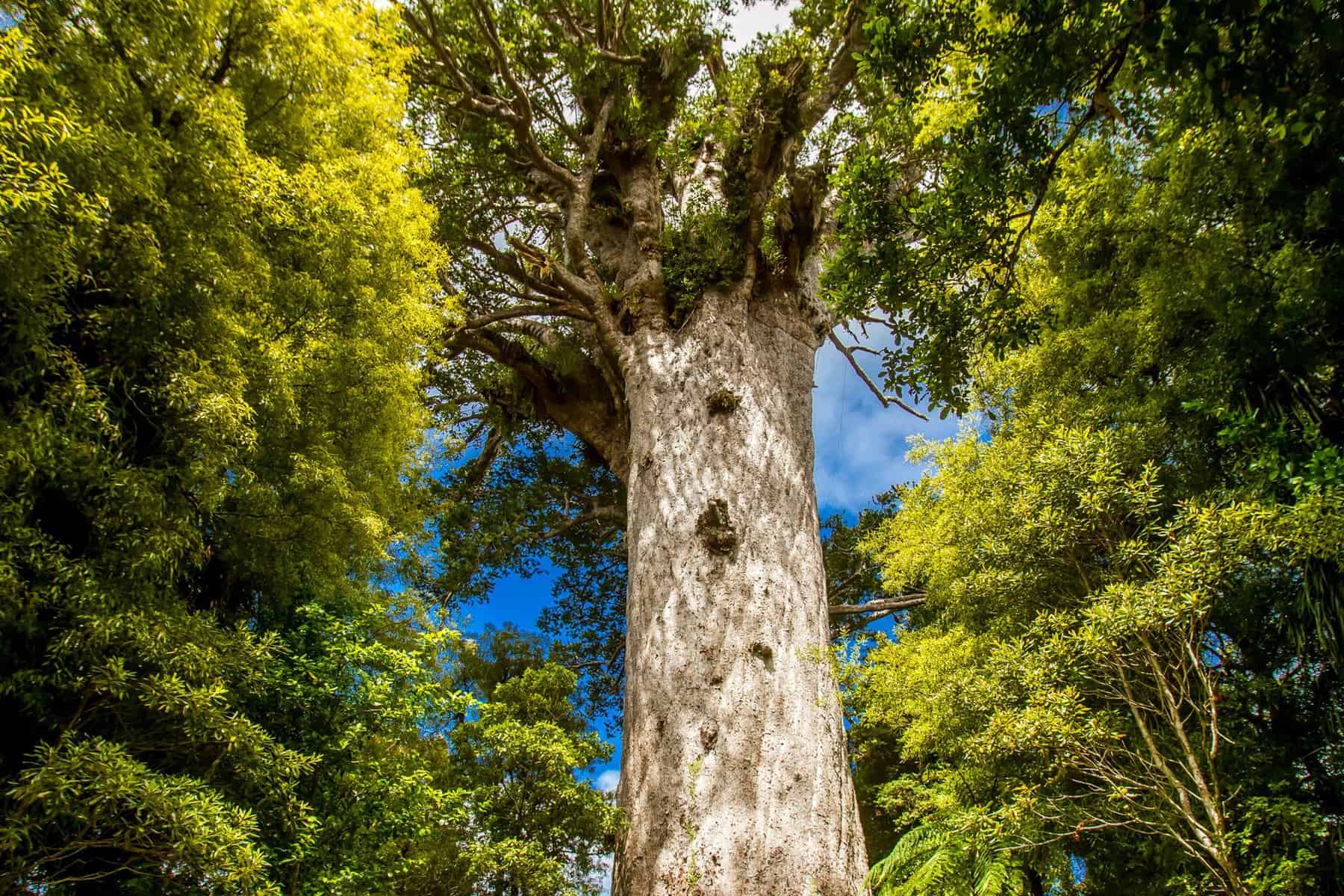Susceptibility of native New Zealand Myrtaceae to the South African strain of Austropuccinia psidii: A biosecurity threat
Austropuccinia psidii, the cause of myrtle rust, has spread globally where Myrtaceae occur. Multiple strains of A. psidii have been identified, including a unique strain found…











